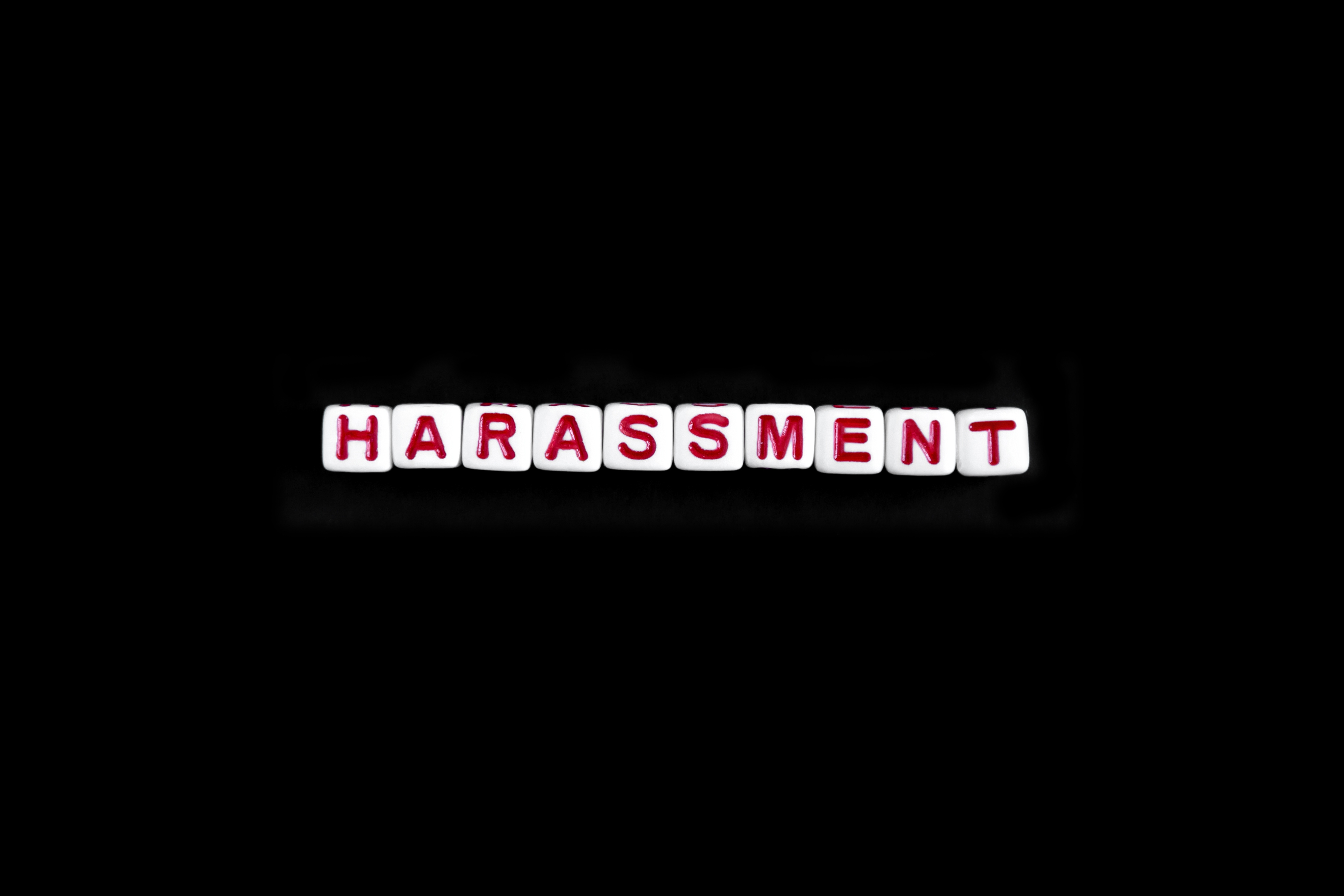
With workplace harassment so prominent in the current news cycle, small business owners who had never given the issue any thought may suddenly find themselves concerned with their company’s policies (or lack thereof). And while sexual harassment in particular is currently filling up the headlines, workplace harassment can take many forms. For example, any conduct, including off-color “jokes” that denigrate people on the basis of age, race or religion. It is a fairly wide-sweeping set of behaviors that can fall under the workplace harassment umbrella. If there is any silver lining in the fact that workplace harassment is apparently so prevalent, it is that the new attention on the issue may inspire companies to become proactive about preventing workplace harassment. But where should you begin?
Whether you have a relatively new company or are a small business that has operated for some time without any sort of formal process to prevent workplace harassment, you have come to the right place. Following these steps will help ensure that not only is your organization’s vulnerability minimized, but that your employees can feel genuinely safe in the work environment.
Your workplace harassment policy should be very clear and in writing. Each employee should sign and acknowledge it. They should also have access to it for their review at any time, preferably in a company handbook. This policy should be written with input from qualified HR professionals who understand local, state and federal laws that may apply. The policy must be easy to understand and as clear as possible. Any behavior which creates a hostile work environment or creates an inappropriate quid pro quo situation cannot be tolerated.
It is not enough to just have a clear, formal policy and to have your employees sign it. Following up with thorough training is necessary to ensure that everyone is very clear about what constitutes harassment. Further, it is a powerful way to underscore the seriousness of your commitment to fostering a healthy work environment. Training should take place on a regular basis — at least once per year — and if possible, should be led by an HR professional. This will ensure that all questions are answered knowledgeably and maintain the integrity of the training.
Your formal policy and training should make you confident that all workers know what constitutes appropriate and inappropriate behavior. It should enable them to recognize workplace harassment when it happens. Another crucial element that cannot be overlooked is a reporting process. Without it, the effectiveness of any amount of training or formal policies will be drastically reduced. Whether an employee is the victim of workplace harassment or they witness a colleague being harassed, their training and your policy must empower them to take next steps without fear of reprisal or negative repercussions. Ideally, employees will also have more than one option for whom to report any incidents to, meaning that there is no chance they would be technically forced to make a report to the person responsible for their workplace harassment complaint.
A critical step towards maintaining the integrity of your workplace harassment prevention efforts is to take very seriously any complaints that are lodged. Whether it is unwelcome advances or offensive humor being complained about or something as serious as assault, any accusation of workplace harassment must be dealt with swiftly and fairly. In addition to specialized training for managers and senior staff, enlisting the help of a qualified HR professional to navigate the process is invaluable to protecting employees and minimizing your company’s potential liability.
One of the best ways to build a culture that does not tolerate workplace harassment is to be proactive yourself. Make a conscious effort to demonstrate that inappropriate humor, demeaning people or other behavior such as that has no place at your organization. Think back on your own behavior. Even if you are not the one making inappropriate jokes, have you tolerated other people making those comments or using that language in your presence? Are you confident that you recognize everything that could constitute workplace harassment?